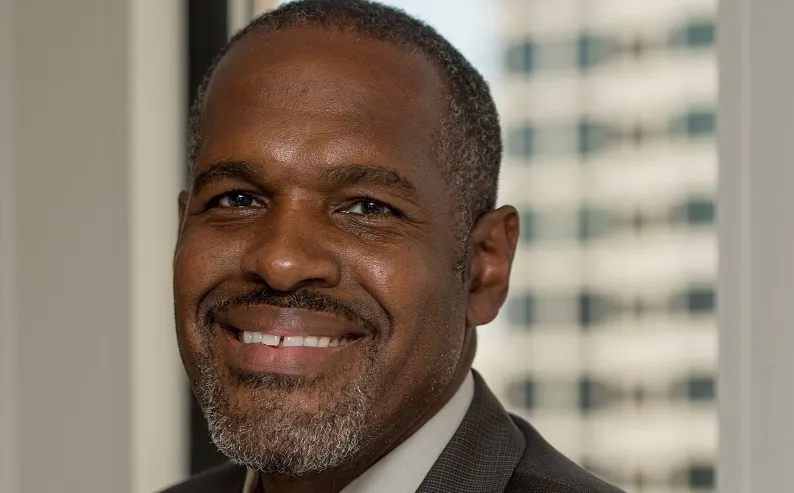Five new members, San Diego Association of Governments (SANDAG), Metropolitan Transportation Commission (MTC), 7Layers, eTrans2020 and Rohde & Schwarz, have joined the OmniAir Consortium, the association formed to advocate connected vehicle interoperability (IOP) through independent certification programs.
Among these new members is the consortium’s third certification lab, 7Layers, which has announced plans to become accredited to certify DSRC equipment through OmniAir Certification Services. ETrans2020
September 24, 2014
Read time: 2 mins
Five new members, 1789 San Diego Association of Governments (SANDAG), 343 Metropolitan Transportation Commission (MTC), 7Layers, eTrans2020 and Rohde & Schwarz, have joined the 808 OmniAir Consortium, the association formed to advocate connected vehicle interoperability (IOP) through independent certification programs.
Among these new members is the consortium’s third certification lab, 7Layers, which has announced plans to become accredited to certify DSRC equipment through OmniAir Certification Services. ETrans2020 provides cyber and software testing solutions for the transportation industry, while the Rohde & Schwarz electronics group is a leading supplier of solutions in the fields of test and measurement, broadcasting, secure communications, and radio monitoring and radiolocation. Two new agency members, MTC and SANDAG, have also joined the consortium, both of whom are at the forefront for technological deployment for intelligent transportation systems.
OmniAir looks forward to integrating input from its new members into the development of certification requirements for tolling, back office, connected vehicles and autonomous vehicles. The OmniAir approach to certification requires input from all aspects of the ITS industry to help develop high quality certification requirements. The more member input OmniAir can provide to this process, the better for the industry.
“OmniAir is excited to have so many new members at this very exciting time in the ITS industry. We look forward to building role as the organisation dedicated to certification and accreditation of connected vehicle equipment” said Suzanne Murtha, executive director of OmniAir and OCS, Omni Air’s independent test and certification body.
“Over the next four years as part of the first phase of the Bay Are Express Lanes, the Metropolitan Transportation Commission (MTC) plans to deploy approximately 90 dual-protocol readers with 6C OmniAir Certification and Title 21 capabilities, the California state-wide protocol. MTC is also interested in connected vehicle deployments using OmniAir as the potential certifier of 5.9 GHz connected vehicle devices” said Andrew Fremier, deputy executive director, Operations.
Among these new members is the consortium’s third certification lab, 7Layers, which has announced plans to become accredited to certify DSRC equipment through OmniAir Certification Services. ETrans2020 provides cyber and software testing solutions for the transportation industry, while the Rohde & Schwarz electronics group is a leading supplier of solutions in the fields of test and measurement, broadcasting, secure communications, and radio monitoring and radiolocation. Two new agency members, MTC and SANDAG, have also joined the consortium, both of whom are at the forefront for technological deployment for intelligent transportation systems.
OmniAir looks forward to integrating input from its new members into the development of certification requirements for tolling, back office, connected vehicles and autonomous vehicles. The OmniAir approach to certification requires input from all aspects of the ITS industry to help develop high quality certification requirements. The more member input OmniAir can provide to this process, the better for the industry.
“OmniAir is excited to have so many new members at this very exciting time in the ITS industry. We look forward to building role as the organisation dedicated to certification and accreditation of connected vehicle equipment” said Suzanne Murtha, executive director of OmniAir and OCS, Omni Air’s independent test and certification body.
“Over the next four years as part of the first phase of the Bay Are Express Lanes, the Metropolitan Transportation Commission (MTC) plans to deploy approximately 90 dual-protocol readers with 6C OmniAir Certification and Title 21 capabilities, the California state-wide protocol. MTC is also interested in connected vehicle deployments using OmniAir as the potential certifier of 5.9 GHz connected vehicle devices” said Andrew Fremier, deputy executive director, Operations.









